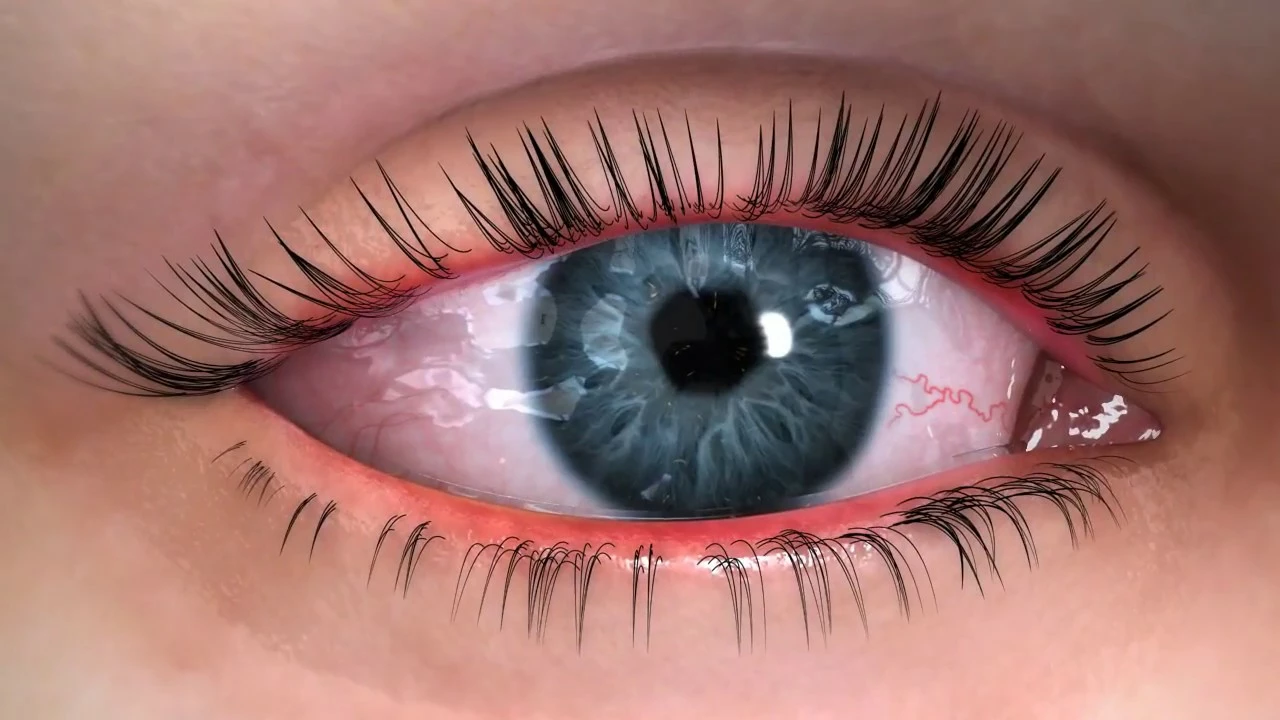Understanding Bacterial Eye Infections
Bacterial eye infections are a common and potentially serious issue that can have a significant impact on our vision and overall eye health. These infections occur when harmful bacteria enter the eye, usually through direct contact with contaminated objects or touching the eye with dirty hands. In this article, we'll be exploring the different types of bacterial eye infections, their symptoms, and how they can affect our vision and eye health in the long run.
Common Types of Bacterial Eye Infections
There are several types of bacterial eye infections that can affect our vision and eye health. Some of the most common ones include:
Conjunctivitis (Pink Eye)
This is a well-known eye infection that occurs when the conjunctiva, the thin membrane lining the inside of the eyelids and the white part of the eye, becomes inflamed due to bacterial infection. Symptoms of pink eye include redness, itching, tearing, and discharge from the eye.
Styes and Chalazia
Styes and chalazia are painful lumps or bumps that form on the eyelid due to a bacterial infection of the glands. While styes are usually caused by the bacterium Staphylococcus aureus, chalazia can result from a blocked oil gland. Both conditions can cause redness, swelling, and discomfort.
Keratitis
Keratitis is an infection of the cornea, the clear front surface of the eye. Bacteria can enter the cornea through a small scratch or by wearing contaminated contact lenses. Symptoms of keratitis include severe eye pain, light sensitivity, blurred vision, and discharge from the eye.
How Bacterial Eye Infections Affect Vision
Bacterial eye infections can have a direct impact on our vision if left untreated. Some of the common ways in which these infections affect our vision include:
Corneal Scarring
Severe cases of bacterial keratitis can lead to the formation of scar tissue on the cornea, which can result in permanent vision loss. In the worst cases, a corneal transplant may be necessary to restore vision.
Impaired Tear Production
Chronic bacterial eye infections can damage the glands responsible for producing tears, leading to dry eyes and discomfort. This can cause blurry vision and make it difficult to wear contact lenses.
Swelling and Inflammation
When the eye becomes infected with bacteria, it can swell and become inflamed. This inflammation can cause the eye to become painful, red, and sensitive to light, which can make it difficult to see clearly.
Preventing Bacterial Eye Infections
Fortunately, there are several steps we can take to minimize the risk of developing bacterial eye infections. These include:
Practicing Good Hygiene
Washing our hands regularly and avoiding touching our eyes with dirty hands can help prevent the spread of bacteria to our eyes. Additionally, it's essential to clean and disinfect contact lenses properly, follow the recommended replacement schedule, and never share contact lenses with others.
Avoiding Contaminated Water Sources
Swimming in contaminated water or using contaminated water to rinse contact lenses can introduce harmful bacteria to the eyes. It's essential to avoid swimming with contact lenses and use only sterile solutions to clean and store them.
Properly Treating Eye Injuries
If the eye becomes injured, it's important to seek medical attention promptly to reduce the risk of infection. Proper treatment of eye injuries, including the use of antibiotic eye drops, can help prevent bacterial eye infections.
Seeking Treatment for Bacterial Eye Infections
If we suspect that we may have a bacterial eye infection, it's crucial to seek medical attention as soon as possible. Prompt treatment can help prevent complications and preserve our vision and eye health. Treatment options may include:
Antibiotic Eye Drops or Ointments
Prescription antibiotic eye drops or ointments are usually the first line of treatment for bacterial eye infections. They can help kill the bacteria causing the infection and alleviate symptoms.
Oral Antibiotics
In more severe cases, oral antibiotics may be prescribed to help fight the infection. These medications can help prevent the spread of the infection to other parts of the eye and body.
Warm Compresses
Applying a warm compress to the affected eye can help reduce swelling and discomfort associated with bacterial eye infections. This can be done several times a day until the infection clears up.
Conclusion
Bacterial eye infections can have a significant impact on our vision and overall eye health if left untreated. By understanding the types of infections, their symptoms, and how they can affect our vision, we can take the necessary steps to prevent and treat these infections. Practicing good hygiene, avoiding contaminated water sources, and seeking prompt medical attention for eye injuries and suspected infections can help preserve our vision and maintain good eye health.


Hi, I'm Caden Lockhart, a pharmaceutical expert with years of experience in the industry. My passion lies in researching and developing new medications, as well as educating others about their proper use and potential side effects. I enjoy writing articles on various diseases, health supplements, and the latest treatment options available. In my free time, I love going on hikes, perusing scientific journals, and capturing the world through my lens. Through my work, I strive to make a positive impact on patients' lives and contribute to the advancement of medical science.